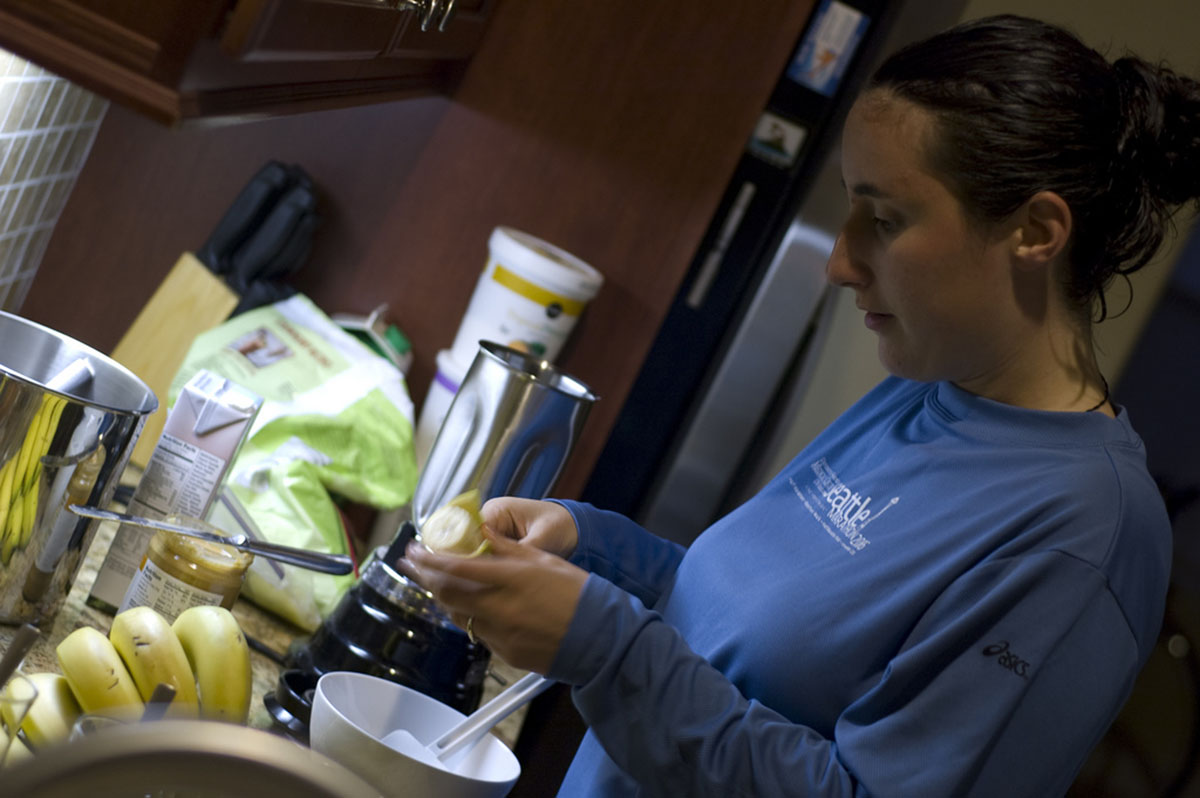Table of Contents
Who Is At Risk? Risk Factors For Gastroparesis
There are certain factors that make an individual susceptible to developing gastroparesis and related symptoms. Some of the common risk factors:
- Diabetes (Type 1 and Type 2)
- Surgery of the abdomen or esophagus
- Certain medicines which slow the rate of emptying of the stomach
- Radiation therapy
- Scleroderma
- Diseases of the nervous system (Parkinson’s, multiple sclerosis)
- Hypothyroidism

Is Gastroparesis Treatable?
The type of treatment regime adopted depends on the underlying cause of gastroparesis. For diabetic patients, monitoring and controlling the levels of blood sugar can help resolve the problem. For other causes, the following strategies are used:
Dietary Modifications
A dietitian will make changes to your diet so that you may reabsorb maximum amount of calories and nutrients from the food you eat.
- Consume small frequent meals
- Take time to chew food completely
- Drink water while eating
- Exercise a bit after eating – simply go for a walk
- Avoid carbonated drinks
- Dismiss unhealthy habits (smoking, consuming alcohol)
- Include well-cooked vegetables and fruits in your diet instead of eating them raw
- Avoid fibrous foods, such as oranges and broccoli
- Opt for low-fat foods, or cut down the consumption of fatty foods
- Try eating more of purees and soups
Medication
Research is ongoing to find new medicinal treatments for relieving the symptoms of gastroparesis. Currently, there are two types. The first is medication to control nausea and vomiting. These anti-emetic medications include Prochlorperazine (Compro), Thiethylperazine and Diphenhydramine (Benadryl, Unisom), and Ondansetron (Zofran).
The second type is medication to stimulate the muscles of the stomach. These medications are Metoclopramide (Reglan) and Erythromycin (Eryc, E.E.S). However, metoclopramide has severe side effects and erythromycin resistance is a very common occurrence as well. Domperidone and Cisapride are newer medicines that have fewer side effects, but are still available in only certain settings.
Surgery
Patients who are unable to take any food or liquid by mouth may need surgery. Feeding tubes are used in these cases. However, these tubes are temporary and only used if the cause of gastroparesis is severe and blood sugar levels are not under control. A jejunostomy tube (feeding tube positioned inside the small intestine) is recommended. In some cases, an IV (parenteral) feeding tube is used, which extends directly into a vein in the patients’ chest. The doctor may also insert a gastric venting tube to relieve the pressure exerted by the gastric contents and ease the patients’ abdominal pain and bloating.
New Research – Botulinum Injection
A surgical procedure called a pyloroplasty has been discovered to treat gastroparesis. It involves injecting the toxin botulinum into the pylorus (part of stomach connecting to the duodenum). This enlarges the pylorus and can thus be effective in treating problems related to stomach emptying. However, it is a major operation and its efficacy is still under discussion.
See Also: Biliary Atresia: Definition, Causes, Symptoms
Prognosis
If the cause of gastroparesis is reversible, such as pancreatitis, the disease subsides once the problem is resolved. In diabetic patients, controlling their blood sugar levels more efficiently helps improve the rate of stomach emptying. However, if the case is irreversible, gastroparesis may increase in severity over time. Moreover, the disease is even more difficult to treat if multiple problems associated with muscular disorders are involved.
- Photo courtesy of Leonid Mamchenkov via Flickr: www.flickr.com/photos/mamchenkov/409745082
- Photo courtesy of jugglerpm via Flickr: www.flickr.com/photos/jugglerpm/2419042243
- www.medicinenet.com/gastroparesis/index.htm
- www.mayoclinic.org/diseases-conditions/gastroparesis/basics/definition/con-20023971

